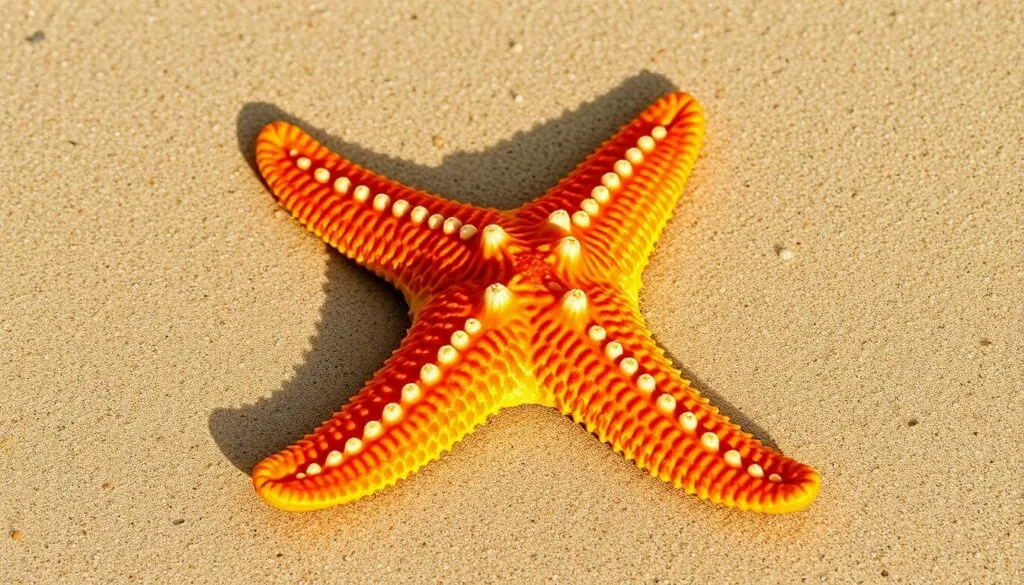Table of Contents
ToggleIn the wild world of reproduction, not every critter needs a partner to bring new life into the world. Imagine a single parent strutting their stuff, creating offspring without the need for a co-star. It’s like a solo act at a concert—impressive and often surprising! This phenomenon, known as asexual reproduction, showcases nature’s ability to adapt and thrive in the most unexpected ways.
From the humble starfish to the resilient dandelion, many organisms have mastered the art of going it alone. They skip the awkward first dates and the complicated relationship drama, opting instead for a straightforward approach to life. Dive into the fascinating realm of single-parent offspring production and discover how these organisms not only survive but flourish in their unique, solo parenting journey. Who knew being a single parent could be so… efficient?
Overview of Asexual Reproduction
Asexual reproduction occurs without the fusion of gametes, allowing organisms to create offspring independently. This process involves various mechanisms, such as budding, fragmentation, and binary fission. Many plants and animals adapt successfully to their environments using this strategy.
Budding involves the growth of a new organism from a parent, seen in yeast and some hydra species. When conditions favor it, fragmentation occurs, enabling organisms like starfish to regenerate lost parts and form new individuals. Binary fission enables single-celled organisms, such as bacteria and amoeba, to divide and replicate their DNA, resulting in two separate entities.
This reproductive method offers several advantages. First, organisms can reproduce quickly in stable environments. For instance, a single dandelion can produce numerous offspring in a short growing season, spreading its genes effectively. Second, the lack of a mate simplifies reproductive strategies and energy allocation.
Asexual reproduction also poses challenges. Genetic diversity minimizes since offspring are clones of the parent organism. Vulnerability to environmental changes increases with less variation among populations. When conditions shift, a lack of genetic diversity may hinder survival.
Examples of successful asexual reproduction in nature abound. Sea anemones, for instance, can reproduce through both budding and sexually, showcasing versatility in strategies. Additionally, many plants utilize asexual mechanisms, like runners and tubers, to expand their presence in various habitats.
Asexual reproduction exemplifies nature’s efficiency, enabling single-parent organisms to thrive and adapt within diverse ecosystems. This process illustrates the simplicity and effectiveness of reproduction without partners.
Types of Asexual Reproduction
Asexual reproduction encompasses various methods through which organisms produce offspring independently. These methods include binary fission, budding, and fragmentation. Each mechanism demonstrates unique attributes that contribute to organism survival.
Binary Fission
Binary fission represents a straightforward reproduction process. In this method, a single organism divides into two equal parts. Bacteria are prime examples of organisms utilizing binary fission, allowing them to proliferate rapidly. This rapid replication supports quick population expansion, especially in favorable environments. Within hours, specific bacterial species can multiply exponentially, resulting in large colonies. Because genetic material duplicates before division, offspring remain genetically identical to the parent. This process emphasizes efficiency and simplicity, making binary fission prevalent among single-celled life forms.
Budding
Budding occurs when a new organism develops from an outgrowth on the parent’s body. Organisms like hydra and yeast commonly exhibit this method. During budding, a section of the parent grows protrusions that eventually detach, forming a separate individual. This approach enables efficient reproduction with minimal energy investment. The new organism can become fully independent or remain attached, forming colonies. In yeast, budding is the primary method of reproduction, demonstrating its importance in both natural ecosystems and human applications, such as baking and brewing. This method ensures quick population growth, beneficial in stable environments.
Fragmentation
Fragmentation involves the breaking of an organism into fragments, each capable of growing into a new individual. Starfish and certain plants exemplify this type of reproduction. When a piece of the parent organism breaks off, it regenerates into a complete, independent organism. This method enhances resilience against damage and promotes population sustainability. In nature, fragmentation allows starfish to regenerate lost limbs and reproduce, ensuring survival in varying environments. Similarly, plants that utilize fragmentation can spread rapidly across areas, adapting well to diverse conditions. This ability to thrive through fragmentation underscores its significance in asexual reproduction strategies.
Advantages of Asexual Reproduction
Asexual reproduction offers several distinct advantages that enhance the survival and efficiency of organisms. These benefits include energy efficiency and rapid population growth.
Energy Efficiency
Asexual reproduction allows organisms to allocate energy effectively. Without the need for mate searching, organisms like dandelions or yeast can focus resources on producing offspring. Budding and fragmentation, both common in various species, require less energy than sexual reproduction. These methods utilize existing structures for growth and division, minimizing the metabolic investment needed for reproduction. This results in a more streamlined process where energy goes directly toward enhancing offspring viability.
Rapid Population Growth
Rapid population growth characterizes asexual reproduction, enabling organisms to thrive in favorable conditions. For instance, bacteria can double in population every 20 minutes through binary fission, leading to massive colonies. In stable environments, species that reproduce asexually can quickly increase their numbers. Starfish, which regenerate from fragments, bolster their populations through this resiliency. High reproductive rates ensure these organisms can effectively capitalize on resource availability, making them competitive players in their ecosystems.
Challenges of Asexual Reproduction
Asexual reproduction presents several challenges despite its efficiencies. Genetic diversity stands out as a significant issue. Reduced genetic variation limits a population’s ability to adapt to changing environments. For instance, if a pathogen targets a specific clone, all offspring may become vulnerable. This uniformity can lead to population declines if conditions shift drastically.
Environmental adaptability also poses a challenge for asexual organisms. Rapid reproduction can produce many individuals, but without genetic variation, these populations may struggle against new threats. Sudden changes in climate or habitat can negatively impact species like dandelions or starfish, which rely on stable conditions for survival. Over time, environmental shifts risk overwhelming asexually reproducing populations unable to cope with these changes.
Conclusion
The remarkable ability of certain organisms to reproduce asexually showcases nature’s ingenuity. Through methods like budding, fragmentation, and binary fission, these organisms demonstrate efficiency and resilience in their environments. While the benefits of rapid population growth and energy savings are significant, the challenges posed by reduced genetic diversity cannot be overlooked. As ecosystems evolve, the balance between these advantages and vulnerabilities will play a crucial role in the survival of asexual species. Understanding these dynamics offers valuable insights into the complexities of life and the diverse strategies organisms employ to thrive.







